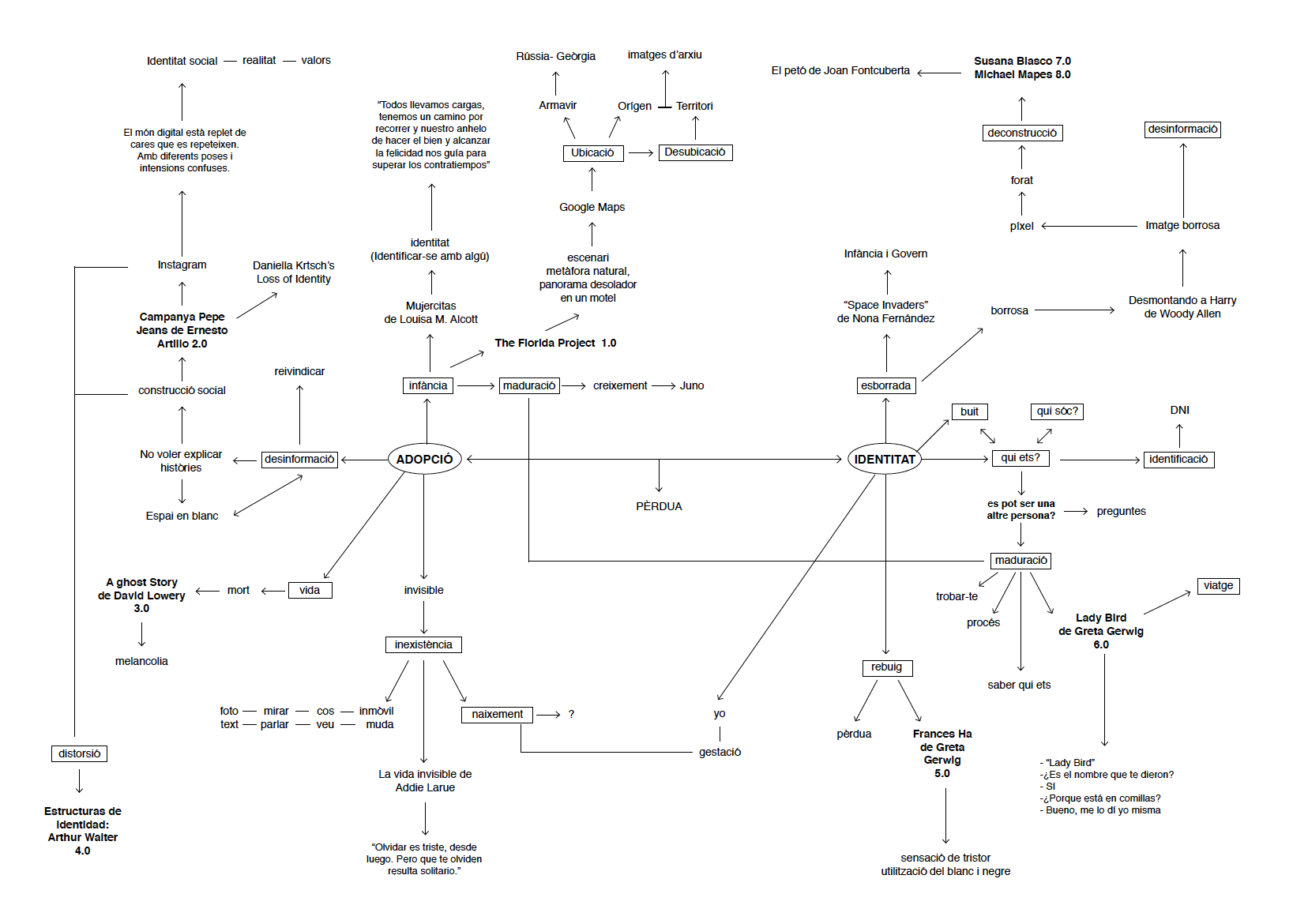Arawak
2023
Not classificable
The Arawak, who were the indigenous people of Puerto Rico and other parts of the Caribbean, are also closely connected to the history of coffee on the island. The Arawak were skilled horticulturists who cultivated a wide variety of crops, including yucca, corn, and sweet potatoes. They also grew a type of bean called the "guarana," which some historians believe may have been a precursor to modern coffee. The Arawak used the guarana bean to make a type of drink that they called "kawa," which was similar in some ways to coffee.
While there is still much debate among historians and anthropologists about the exact nature of the relationship between the Arawak and coffee, it is clear that the indigenous people of Puerto Rico played an important role in the island's agricultural history. Today, Puerto Rico is still known for its high-quality coffee, and many coffee farms on the island offer tours and tastings to visitors.


Stevie Nicks Journals
2022
Not classificable
Stevie Nicks hangs out with the ladies in Haim, and when she hears none of them journal (Este says she keeps notes on her phone), Nicks brings out one of her leather journals and tells them how it’s done: On the right-hand side of the page you write what happened that day, and on the left-hand side you write poems, so when you have an evening where you’re like, “I’m gonna light all the candles and I’m gonna put the fire on, and I’m gonna go sit at the piano and write,” you can dip into your diaries and instantly find a poem and begin.Then she tells them why they should write on paper: “You want your journals written by hand in a book, because someday, if you have daughters — I don’t have daughters, but I have fairy goddaughters, thousands of them — all of these books are gonna go to them, and they’re gonna sit around just like we are now, and they’re gonna read them out loud, and they’re going to be able to know what my life was.” Then, pointedly, to Este: “And they’re not gonna find it in your phone.”

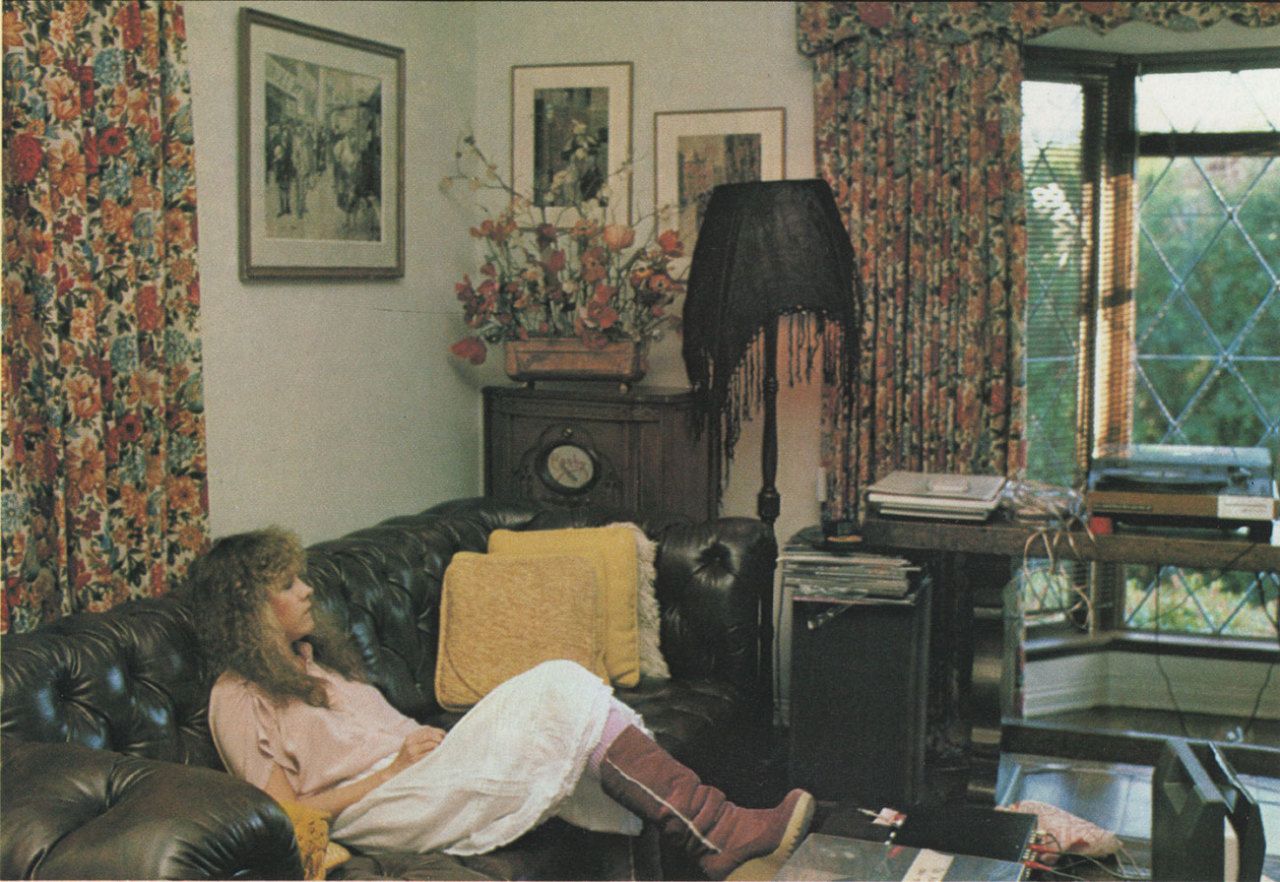

Abjads
2022
Not classificable
The first Abjad to spread was the Phoenician Abjad. Unlike other modern scripts, such as cuneiform and Egyptian hieroglyphs, the Phoenician script consisted of only a few dozen characters. This made it easy to study the letter, and Phoenician sea traders spread it throughout the world at the time. Abjad Phoenicia is a radical simplification of phonetic writing, as the characters require the writer to choose a character that begins with the same sound the writer wants to write phonetically, such as man'yōgana (Chinese characters for transcription only), were used to phonetically represent the Japanese language before the invention of cana.

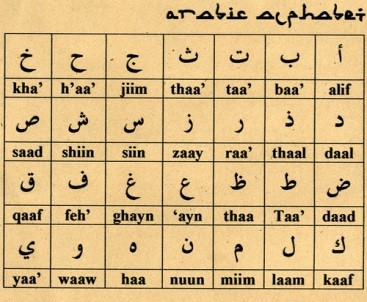
Capitalism and colors
2022
Not classificable
We've always seen the colors, the red, the green of the meadow, the sun symbolically yellow, and the sky is blue. Right? For not everyone it's blue. Some time ago, anthropologists conducted a study on color perception with an Amazonian tribe. The results were that blue is not exactly the first color they mention when asked to say what color the sky is. The characteristics they found in the language of the tribe are the very limited variety they have to transmit colors. Although the Tsimane language shares terms with other languages, such as white, black and red. They are colors with very universal concepts, representing darkness, luminosity and blood or love. They use cold colors to represent the landscape, and warm colors for everyday objects and tools. Moreover, in these societies, color is associated with human behavior, such as the act of choosing. Faced with many identical goods of different colors, for example a car, the person will choose one or the other, informing the interlocutor with a direct color word: "I want a car.... green. " In the case of agrarian societies, the situation is different. Mainly because there are not many things exactly alike that require words to differentiate them. If this were the case, the choice of color would not depend on the user or the industry, but on natural processes.
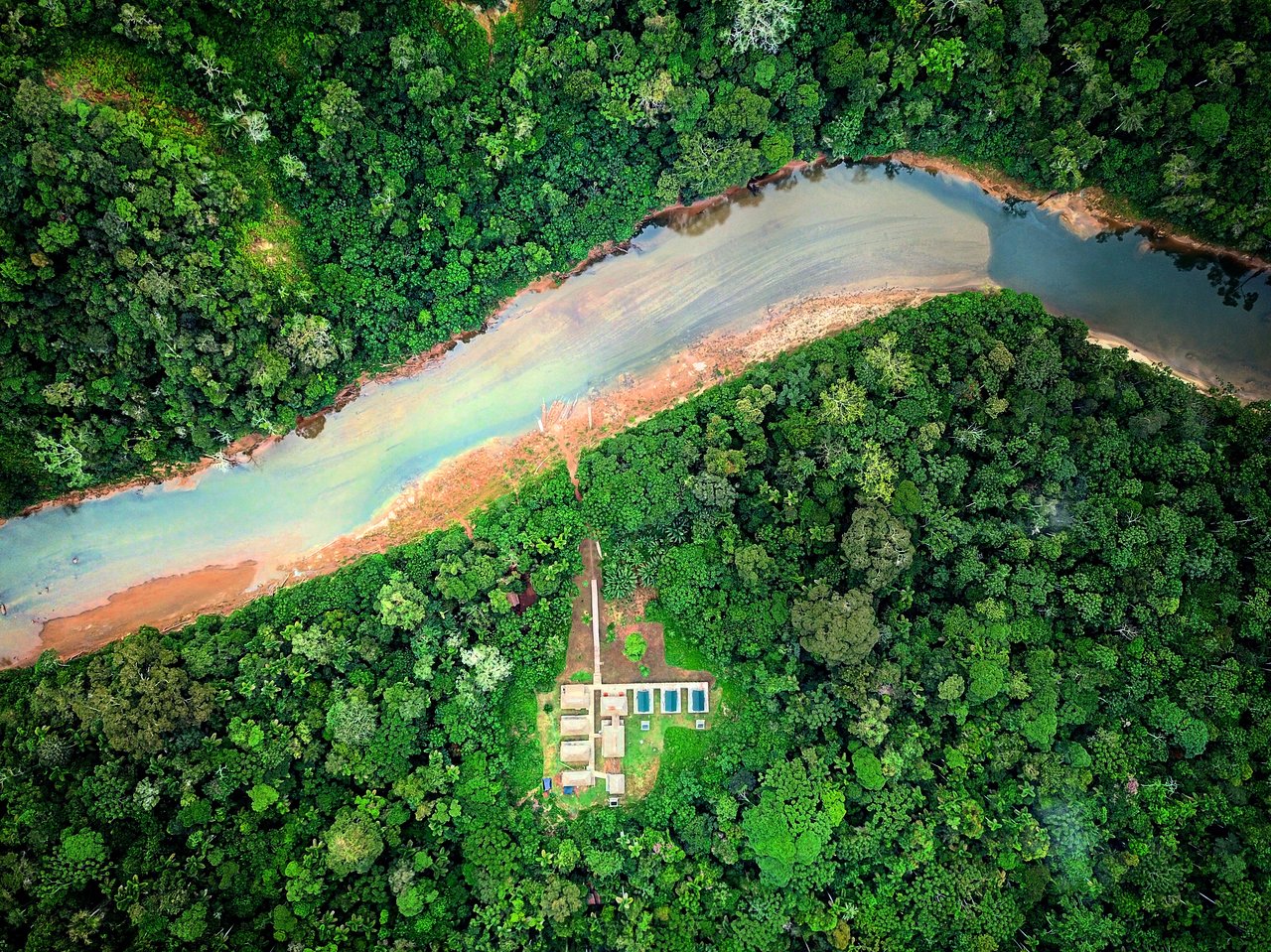
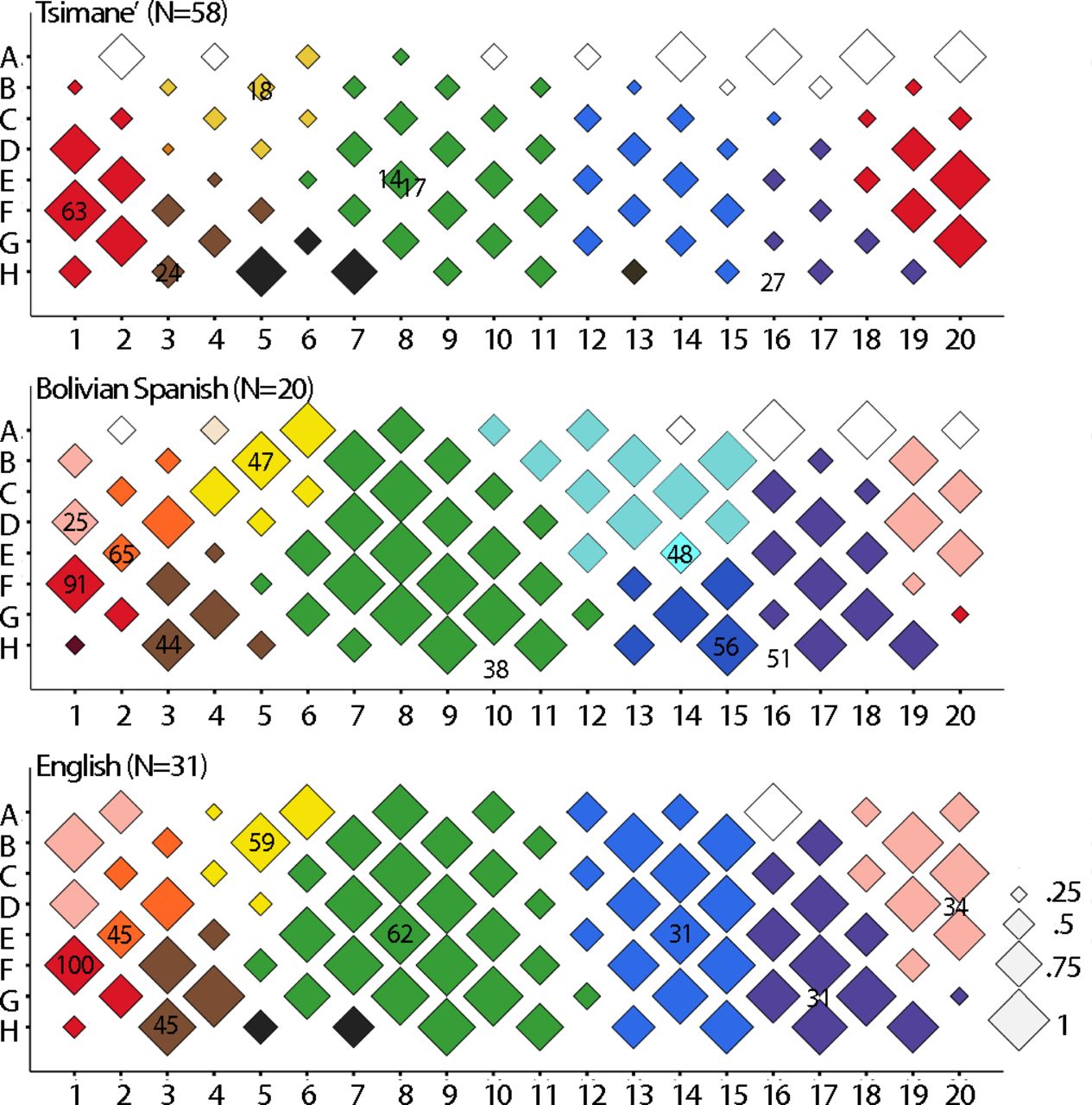
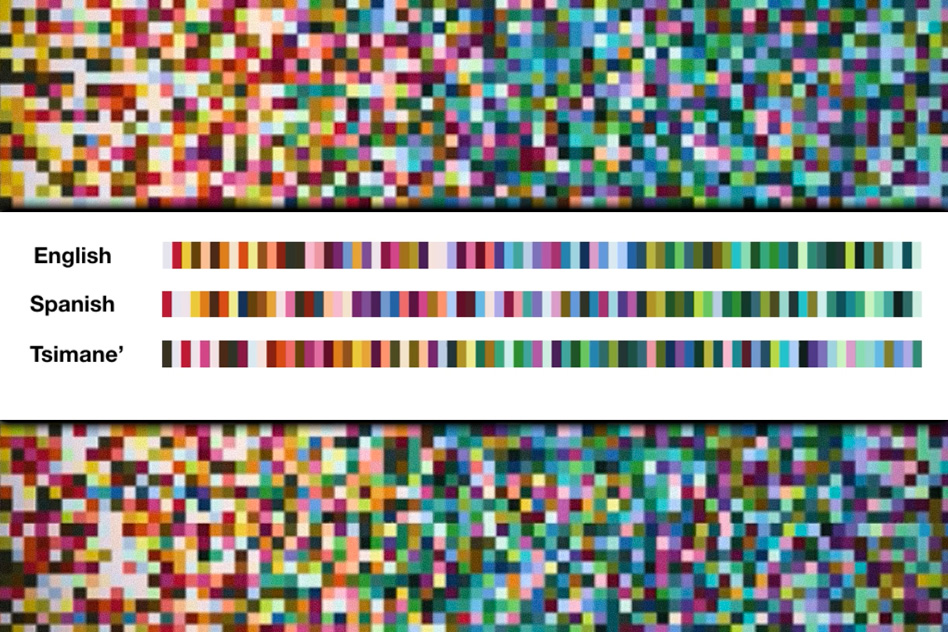
From Russia With Love
2021
Have you ever thought that human beings build our lives according to what we believe about ourselves and what we are capable of doing? When we were little our parents taught us what was good and what was painful, what was right and what was wrong, what was more and what was less important. We learned to qualify people and circumstances based on the beliefs that our parents implanted in our minds. When we were children, we hardly questioned whether what we were told was good or bad, really was. We learned to describe the world according to the religious, political and social beliefs that were transmitted to us by our parents and that, surely, many of them learned from their own parents and their environment. However, what would have happened if we had been born in a different country, if our parents professed a different religion, belonged to a different political movement and had a different perception of reality? Surely we would believe in things totally different from what we believe today and, with this different perception of reality, we would be wrong? Which way of thinking would be the correct one, the previous one or this one? Which of the two would be the wrong one? Reflecting on all this we could ask ourselves. Who are we really, what we have been taught to believe we are? Or could we be different?
